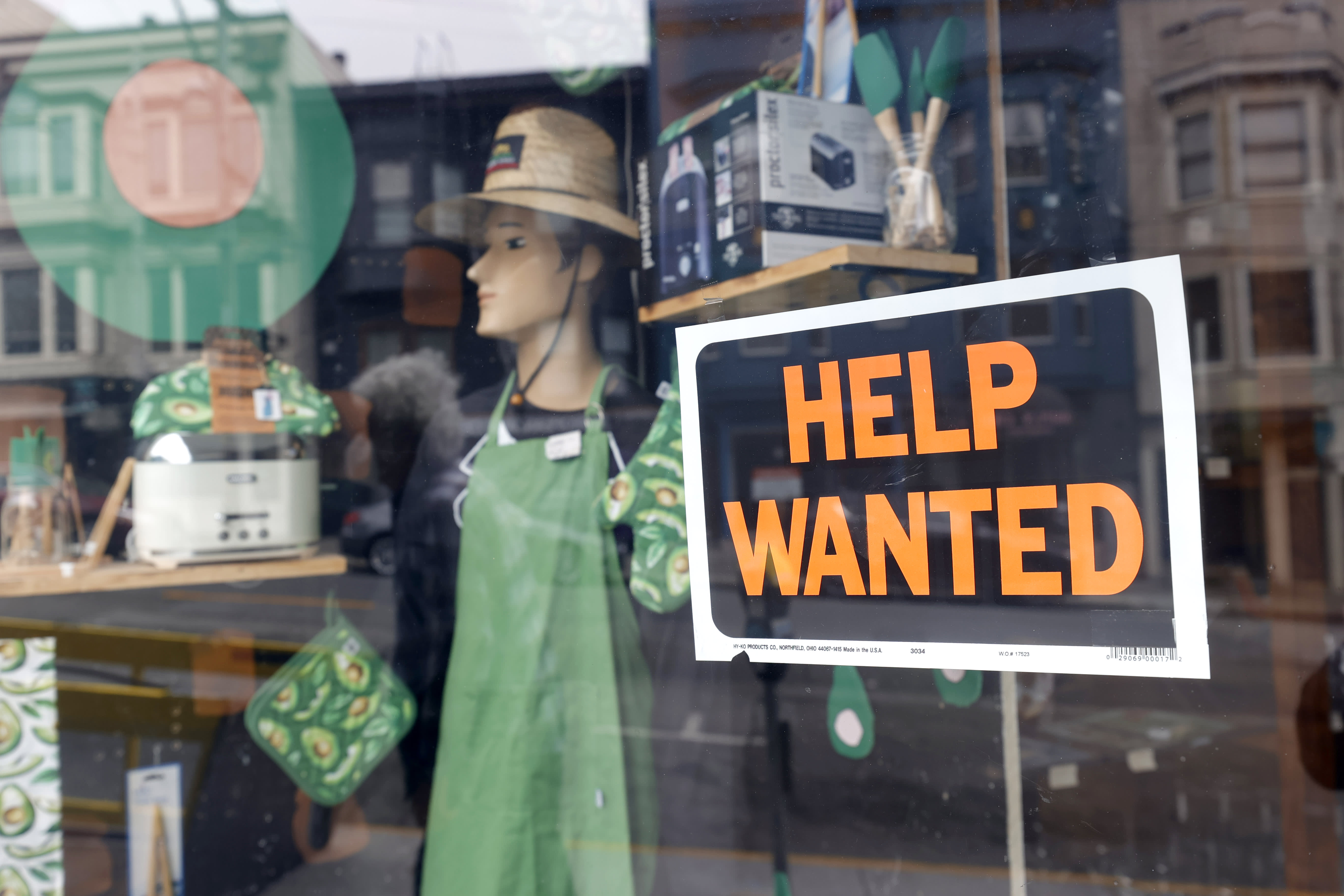Job openings declined sharply in August while hiring also fell and the level of workers quitting their jobs hit the highest level since at least late 2000, the Labor Department reported Tuesday.
Employment vacancies fell to 10.44 million during the month, a drop of 659,000 from July’s upwardly revised 11.1 million, according to the department’s Job Openings and Labor Turnover Survey. Federal Reserve officials watch the JOLTS report closely for signs of slack in the labor market.
The total fell well short of market expectations for 10.96 million openings, according to FactSet.
The job posting rate as a percentage of the workforce fell to 6.6% in August from 7% in July. That level was just 4.4% a year ago as the economy was still struggling to escape the Covid downturn.
However, quits hit a new series high going back to December 2000, as 4.3 million workers left their jobs. The rate rose to 2.9%, an increase of 242,000 from a month ago. Quits are seen as a level of confidence from workers who feel they are secure in finding employment elsewhere.
A total of 892,000 workers in the food service and accommodation industries left their jobs, while 721,000 retail workers left along with 534,000 in health care and social assistance.
Hires declined by 439,000 for a month in which nonfarm payrolls increased by 366,000. The hires rate fell to 4.3% from 4.6%, due largely to a plunge in leisure and hospitality. The sector, which took the hardest pandemic hit, saw hiring decline by 233,000, sending the rate down to 7.9% from 9.5% in July.
Government hiring also fell sharply during the month, down to 1.4% from 2.2%.
The JOLTS data runs a month behind the nonfarm payrolls report but still carries weight at the Fed. Central bank officials are mulling whether to begin pulling back the unprecedented policy help they provided during the pandemic, and are expected later this year to slow monthly bond purchases.
However, Fed officials have stated they will not begin increasing interest rates until the labor market firms up.
Become a smarter investor with CNBC Pro.
Get stock picks, analyst calls, exclusive interviews and access to CNBC TV.
Sign up to start a free trial today.
